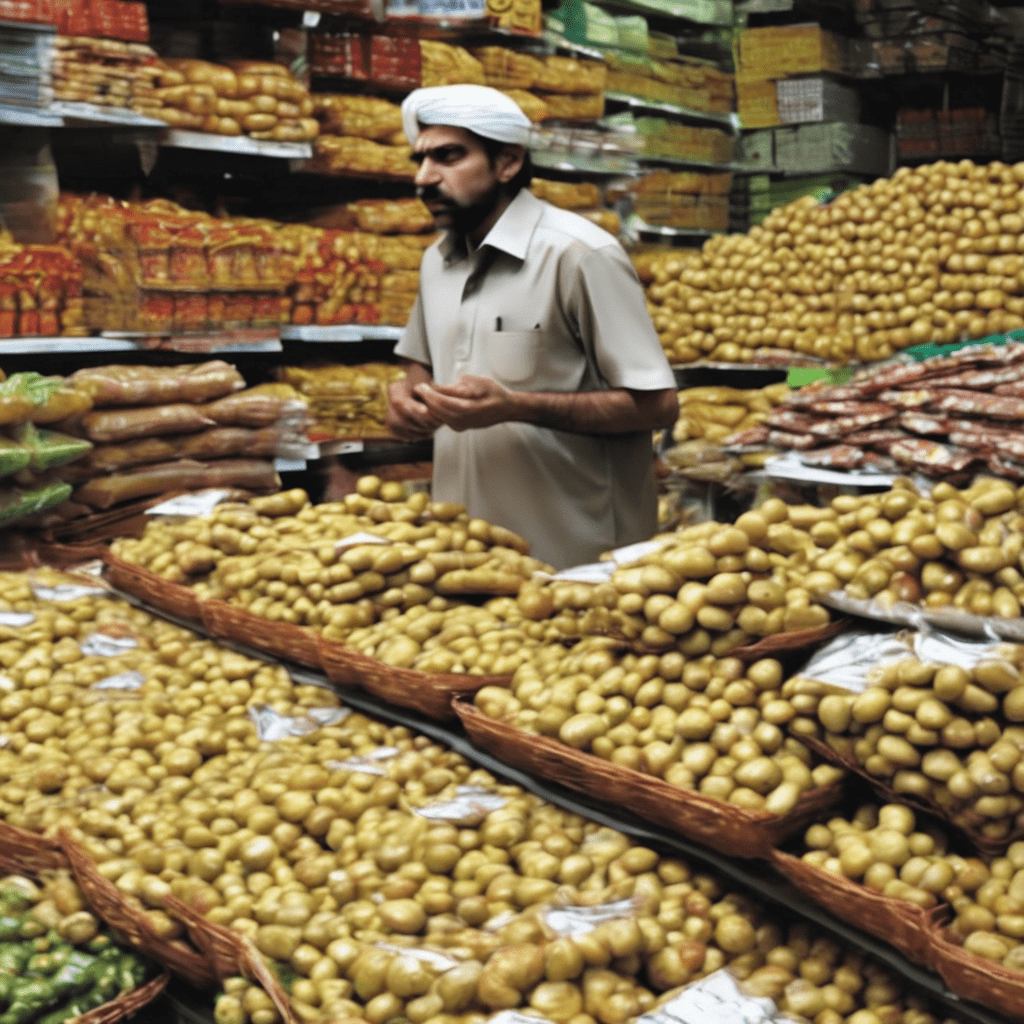Understanding Inflation and its Effects
Inflation, a sustained increase in the general price level of goods and services, affects economies worldwide. It erodes purchasing power, reduces savings, and distorts economic decision-making. Governments, therefore, employ various policies to regulate inflation, maintaining a delicate balance between economic growth and price stability.
Monetary Policy and Inflation Control
Interest Rates and Inflation
Central banks, like the State Bank of Pakistan, adjust interest rates to influence inflation. Higher interest rates reduce borrowing, decrease money supply, and curb demand, subsequently lowering inflation. Conversely, lower interest rates stimulate borrowing, increase money supply, and boost demand, potentially fueling inflation.
Open Market Operations and Inflation
Central banks engage in open market operations, buying or selling securities to regulate money supply and inflation. Selling securities absorbs excess liquidity, reducing money supply and inflationary pressures.

Fiscal Policy and Inflation Control
Government Spending and Inflation
Government expenditure can fuel inflation if not managed effectively. Reducing government spending decreases aggregate demand, subsequently lowering inflation.
Taxation and Inflation
Increasing taxes reduces disposable income, decreasing aggregate demand and inflationary pressures.
Price Controls and Inflation
Price Ceilings and Inflation
Imposing price ceilings can limit price increases but may lead to shortages, black markets, and decreased supply.
Price Floors and Inflation
Establishing price floors supports producers but may lead to surpluses, decreased demand, and inefficiencies.
Supply-Side Policies and Inflation
Investment in Infrastructure and Inflation
Improving infrastructure enhances productivity, increasing supply and reducing inflationary pressures.
Deregulation and Inflation
Encouraging competition and efficiency through deregulation can reduce costs, increase supply, and combat inflation.
Inflation Targeting and Inflation
Setting Inflation Targets
Central banks set inflation targets, aiming to maintain inflation within a target range (e.g., 2-4% annual inflation rate).
Inflation Targeting in Pakistan
The State Bank of Pakistan has adopted inflation targeting, setting a target range of 5-7% for 2022-2023.
Challenges and Limitations of Inflation Control
Political Pressures and Inflation
Political considerations can influence policy decisions, potentially compromising inflation control.
International Trade and Inflation
Global economic trends, trade policies, and exchange rates impact inflation, making control more challenging.

Conclusion
Government policies play a crucial role in inflation control. By understanding the effects of monetary, fiscal, price control, supply-side policies, and inflation targeting, governments can implement effective measures to maintain economic stability and growth. In Pakistan, the State Bank of Pakistan and the Ministry of Finance must navigate these complexities to ensure a stable and prosperous economy.


